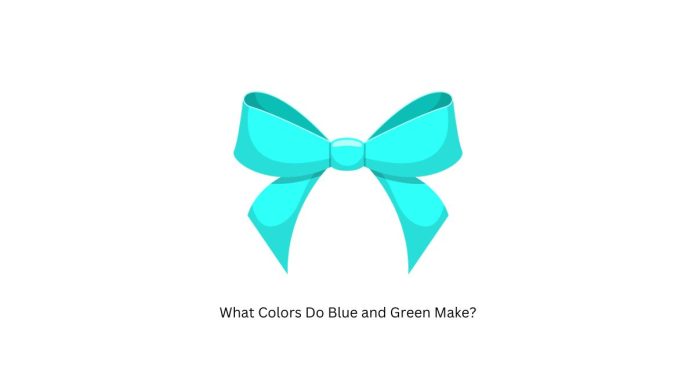When you mix blue and green, the resulting color is typically a shade of cyan or teal, depending on the proportions of each color. Here’s how it works:
1. Equal Parts of Blue and Green
Mixing equal amounts of blue and green creates cyan. This is a bright, vibrant color often associated with tropical waters or the color of a clear sky with green undertones.
2. More Blue than Green
If you add more blue than green, you get a deeper, cooler shade, like blue-green or teal.
3. More Green than Blue
If you add more green than blue, the result is a lighter, greener shade of cyan, sometimes called aqua or turquoise.
Practical Example:
- Painting: When mixing paints, the exact shade depends on the pigments and their intensity.
- Light: When working with light (e.g., screens), blue and green combine to form cyan in the RGB color model.
Final Notes:
Experimenting with proportions allows you to achieve different variations of cyan, teal, aqua, or turquoise!


